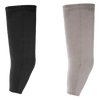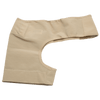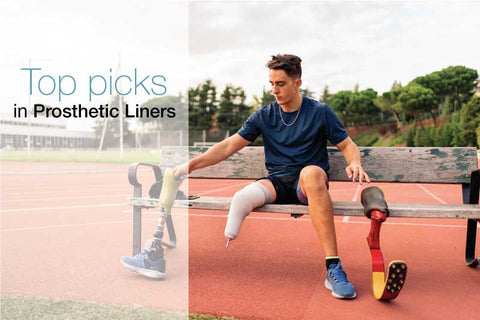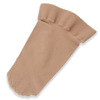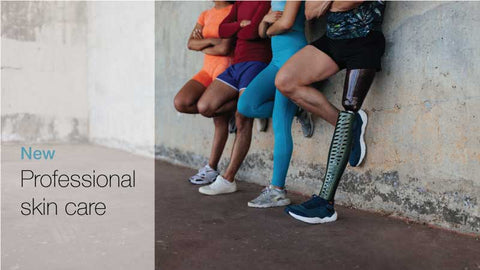High-Tech Footwear: The Latest Breakthroughs in Prosthetic Feet
Reading Time: 4 minutes
————
In a rush? Read the summary:
Prosthetic feet in 2025 are smarter and more lifelike thanks to AI, smart sensors, and advanced biomimicry. Lightweight materials like carbon fiber and titanium alloys improve durability and comfort, while plant-based composites offer eco-friendly options. Microprocessor-controlled systems and real-time sensor feedback allow for adaptive, natural movement. These innovations bring prosthetic feet closer than ever to mimicking real human mobility.
————
Prosthetic feet technology has significantly advanced since we last wrote an overview article in 2019. Back then, key innovations were focused on 3D printing, the incorporation of lightweight materials, the use of recycled plastics for lightweight and affordable limbs, and osseointegration surgery. Researchers were also already making progress on bionic feet with artificial intelligence. Fast forward to 2025, and significant progress has been made, primarily driven by AI, smart sensors, and biomimicry in design.

Below is an overview of the current offerings from prosthetic manufacturers, as well as updates on some prototypes, in this rapidly evolving field:
Next-Gen Materials
More modern prosthetic feet are made from lightweight, high-performance materials rather than traditional heavy wood and steel. One popular choice is carbon fiber due to its cost-effective yet ultra-durable and lightweight characteristics.
Another option is titanium alloy. Although it’s more expensive than carbon fiber, it’s resistant to rust and offers a good strength-to-weight ratio, which makes it great for everyday wear.
Advanced polymers, like polyurethane and polyethylene, are also used in modern prosthetics. Polyurethane is light and easy to shape, making it a common choice for prosthetic parts. Meanwhile, polyethylene is known for being strong and flexible. Both materials share similar characteristics, and both are popular choices for creating kids’ prosthetics.
In recent years, researchers have been looking into newer materials, like natural fiber composites made from plants such as Kenaf, jute, and PALF. Besides being lightweight, these materials are eco-friendly and can be cheaper to produce.
Additionally, there’s growing interest in smart materials that can change their properties based on the environment, like shape memory alloys and piezoelectric materials.
Intelligent Control
One of the biggest advancements in prosthetic technology is the use of microprocessors and smart sensors. Microprocessors help prosthetic feet adjust automatically, making it easier to move across different surfaces, like grass, gravel, or pavement. This technology makes walking feel more natural and helps keep users stable.
Additionally, some prosthetic limbs now come with sensor arrays, like accelerometers, gyroscopes, and pressure sensors. These sensors constantly send information back to the microprocessors, mimicking the movement of a real foot. This means users can enjoy a smoother and more realistic walking experience.
Biomimicry in Prosthetic Design
Prosthetic designers are increasingly merging mechanical and human anatomical features. A notable advancement is the SoftFoot Pro prototype, which mimics the structure of the foot’s bones and ligaments through interlocking plastic chains and elastic tendons. This innovative design allows for a flexible architecture that replicates natural biological movements.
Another significant product release is Ottobock’s Evanto mechanical foot, which incorporates elastic foam heel components that efficiently absorb and release energy. This design achieves a well-balanced combination of flexibility and stability.
Looking Ahead
The future promises even more advanced possibilities, especially with AI and machine learning leading the forefront. These advancements aim to enable prosthetic devices to learn and adapt in real-time to individual user behaviors, helping them predict movement needs and deliver personalized responses.
Additionally, combining prosthetics with virtual and augmented reality could transform rehabilitation, making it more effective and engaging.
All of these developments share a common goal: to create a prosthetic foot that mimics the feel and movement of a natural foot. Until then, we will continue stepping into new eras of high-tech footwear.
Related Reading:
This Flexible Prosthetic Foot Mimics Human Movement
Energy-Storing Prosthetic Foot Ottobock Evanto Unlocks Superior Mobility
This Prosthetic Knee Design Mimics Origami for Softer, Smarter Movement

